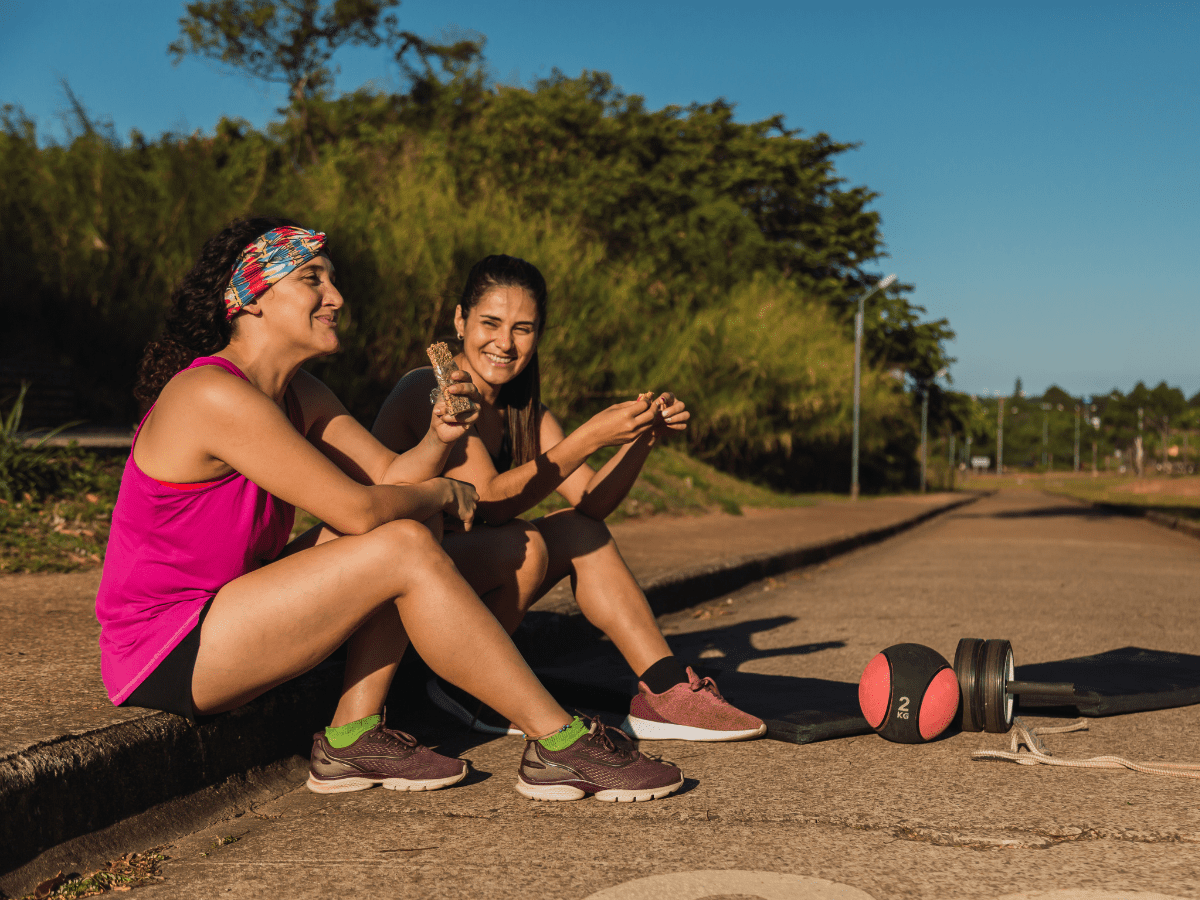

Introduction and Context
The research explores the concept of risk in relation to young adults’ participation in diverse sport and leisure environments. Because of the many broad and divergent definitions of risk as well as its all-encompassing and evolving nature within and beyond sport and leisure, risk scholarship has typically suffered from an inability to unpack complexity of mitigating and managing risk. The resulting uncertainty often leaves those involved in recreation environments in precarious circumstances surrounding not only physical risk, but also social or psychological risks associated with values and expectations of participation. In response to this reality, the presented research engages in the development of a critical risk theory that seeks to embrace the complexity of experiencing and navigating risk within sport. The results then provide important insight into risk’s interaction with sport and leisure environments where young athletes must often navigate a wide array of risks which may ultimately threaten participation.
Methods
The research employed narrative methods to engage young adults about their perceptions of risk within diverse sport and leisure environments. More specifically, the primary investigator conducted narrative interviews with a group of young adults (16-25-years-old; n=14) to hear their stories of managing or mitigating risk. The research also sought to recognize the visual realities associated with risk and, in response, offered participants an opportunity to take photos of risk moments within their day-to-day lives. Data from the interviews and the image capture activity was then analyzed through the lens of understanding how risk stories come to be, as well as the importance of stories in how we come to understand risk’s role in the world.
Key Findings and Implications
The analysis from the interview data and the image capture activity then presents three risk narratives which help to describe where stories of risk originate, what influences their creation, and how they’re understood at an individual level. Importantly, there is a concrete distinction between stories (i.e., the accounts people tell) and narratives (i.e., the stories that exist within society and influence how individuals structure and understand their own stories). So, by building a narrative typology, we’re seeking to highlight commonalities in the narrative types that participants draw on in retelling their own stories. Specifically, through the application and description of participant stories, the narrative typology presents: (1) the responsibility narrative; (2) the pursuit narrative; and (3) the grand risk narrative. The responsibility narrative suggests that risk is an individual responsibility, free from collective influence. The pursuit narrative then highlights risk as something to be faced head-on, challenged, and overcome. Finally, the grand risk narrative centres the uncertainty of the reality that existence in the 21st century requires engaging with risk at every turn.
So, what can we do with this? Why go about creating a narrative typology in the context of sport and leisure settings? As Frank (2010) contends, “[n]aming narrative types can authorize the telling of particular stories, and it also can liberate people from stories they no longer want to tell” (Frank, 2010, p. 119). To demonstrate this impact, the research uses the issue of concussion in sport and leisure as a sort of testing ground for thinking through application. Specifically, I problematize the role of education as the primary method of injury prevention using the responsibility narrative by questioning who ultimately becomes responsible for injury. Of the pursuit narrative, I explore assumed pursuits by both researchers and practitioners and how those assumptions may impact young adults’ experiences of injury and rehabilitation. Then, using the grand risk narrative, I seek to provide moments of clarity within a concussion knowledge landscape that emphasizes worst-case scenario examples, blurring the real, practical effects of injury through intense public debates about hits to the head. Naming narrative types in this manner may reshape one’s relationship with sport and leisure environments by removing harmful expectations regarding risk tolerance. From a practitioner or researcher perspective, I believe the typology can help us as we aim to move from a very reactive response based in the medical sciences, to more proactive and preventative strategies formed through an improved ability to communicate, listen, and engage with young people and their stories.
Strengths and Limitations
The strengths of the work lie in the novel approach to exploring risk in the context of young adult sport and leisure settings. Throughout the dissertation, participants feature prominently, meaning that athletes, parents, or coaches can engage with the world and may recognize familiar stories to their own. This can be both empowering and reassuring, especially for young people. The limitations of the work lie in what it asks us as sport and recreation advocates to do—that is, engaging in culture change is long and difficult work. Athletes, parents, coaches, and league leaders all play a role in building sport and leisure cultures that are inclusive, accessible and safe. Recognizing risk stories is a big part of that process.
Conclusions and Next Steps
The work concludes by suggesting that understanding perceptions and experiences of risk – or risk stories – within sport and leisure settings among young adults represents an important step in addressing issues related to injury, belonging, and identity. Next steps include applying the narrative typology in a more detailed context across different sporting environments to understand how the risk narrative shape stories of risk in specific contexts.